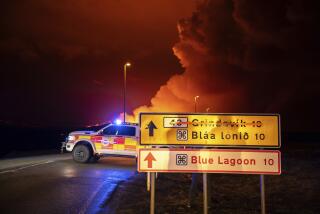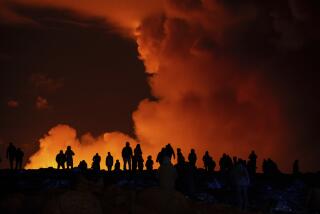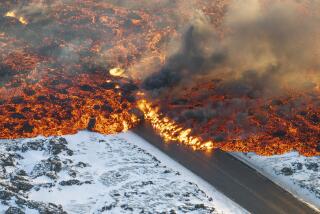Mount St. Helens’ booming history
About 40,000
years ago
Mt. St. Helens is born, the youngest and most active of the Cascade Range volcanoes, along a band of volcanoes and shifting tectonic plates called the Pacific Ring of Fire.
1792
Mt. St. Helens is named by Capt. George Vancouver of the British Royal Navy, a seafarer and explorer, for British diplomat Alleyne Fitzherbert, whose title was Baron St. Helens.
1800
The volcano unleashes an explosive eruption, followed by several minor explosions and lava discharges that end by 1857 with the formation of a massive lava dome.
1805 and 1806
The Lewis and Clark expedition views the volcano from the Columbia River.
March 16, 1980
Small earthquakes signal the mountain’s awakening.
March 20, 1980
A 4.1-magnitude earthquake rocks the mountain, followed by more seismic activity.
March 27, 1980
The volcano spews steam and ash. A bulge forms on the north flank.
April 3, 1980
Gov. Dixy Lee Ray declares a state of emergency as the volcano continues to rumble.
May 18, 1980 (8:32 a.m.)
A 5.1-magnitude earthquake precedes the eruption by seconds. The blast of escaping gas is heard as far away as British Columbia, Montana, Idaho and Northern California. The collapse of the north flank produces the largest debris landslide in recorded history, which moves at more than 100 mph down the mountain. Covering an area of about 24 square miles, the landslide extends more than 13 miles down North Fork Toutle River and fills the valley to an average depth of 150 feet. Geologist David A. Johnston, staffing an observation post nearby, radios the first report of the eruption: “Vancouver! Vancouver! This is it!” His body is never found. Harry Truman, 83, refuses to abandon his lodge at Spirit Lake, four miles from the mountain. He and his 16 cats die. Johnston and Truman are among the 57 people killed.
1982
The Mt. St. Helens National Volcanic Monument is created.
1980 to 1986
A lava dome grows in the crater of the 1980 eruption.
September 2004
The volcano reawakens with a swarm of earthquakes.
Oct. 1 to 5, 2004
Five steam and ash eruptions take place, sending ash as far as 60 miles.
2004 to present
The lava dome in the crater continues to grow even faster now, the equivalent of three bathtubs of rock and soil per second.
More to Read
Sign up for The Wild
We’ll help you find the best places to hike, bike and run, as well as the perfect silent spots for meditation and yoga.
You may occasionally receive promotional content from the Los Angeles Times.






